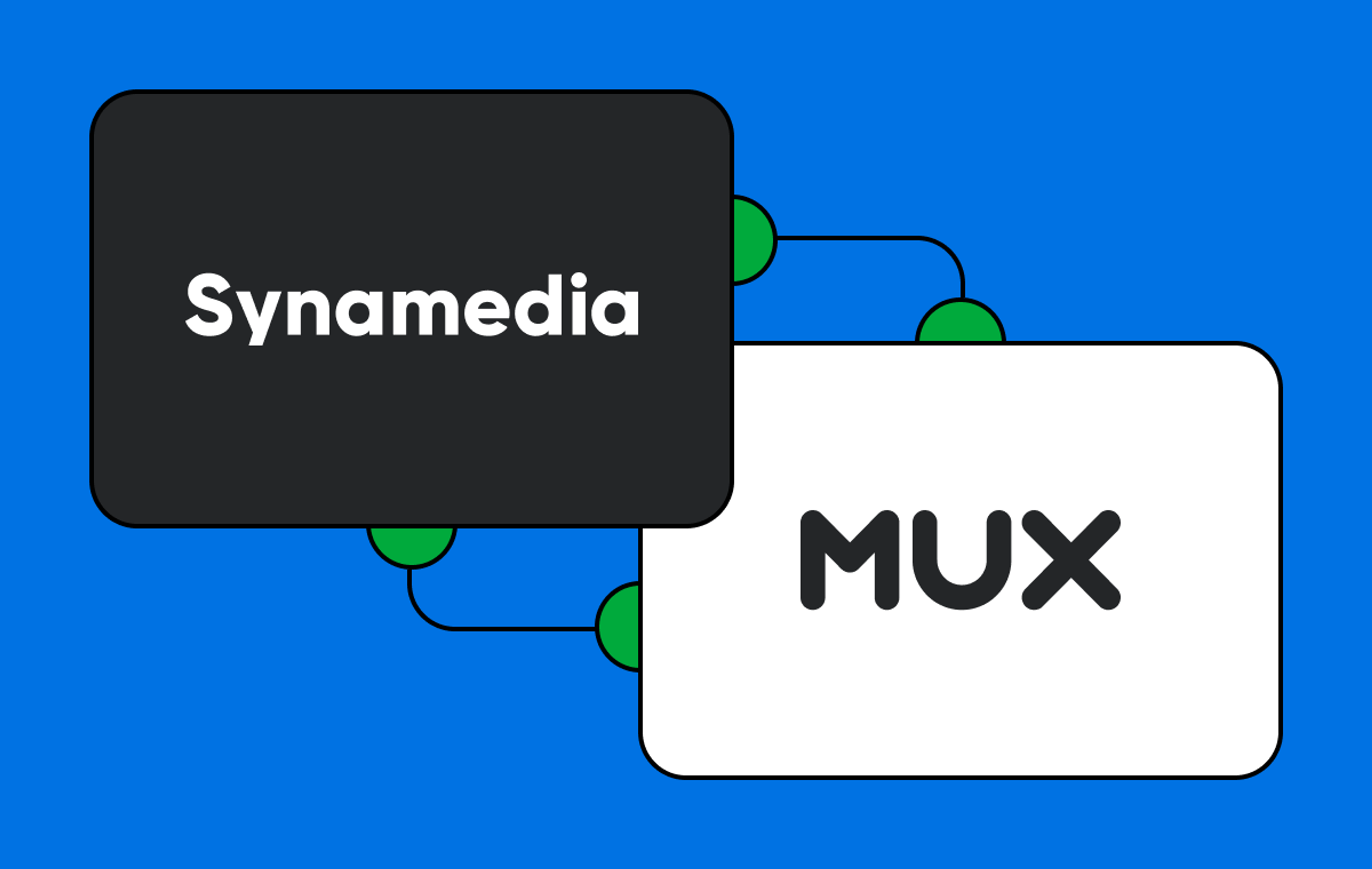Fitness studios were one of the many industries turned inside out during the pandemic. At first, we saw a boon of new live-streaming fitness experiences, alongside concerts and conferences — but the virtual wave has come back down to earth a bit over the past year. Take, for example, the treatment of high-flier Peloton as a proxy for the whole category. But we live in a world of hyperbole and hot takes: Fitness stocks have rebounded, there is now a diverse mix of great connected fitness and wellness products on the market, and the future looks…hybrid.
We’ll be talking about all this and more at Connected Health & Fitness, happening Feb. 8-9 in LA — and we’d love to meet up and discuss how your video strategy fits into this evolving picture.
But even if you can’t join, there are some trends worth sharing at large. In our work supporting products like Strava, Equinox+, CityRow, The Class, and so many more, we have a unique vantage point on where video and connected fitness might be going in 2023 and beyond. Below, we’ll explore some of the patterns we’re seeing.
- User-generated content will expand: We’ve seen great platforms like Union.fit, which enables instructors to reach audiences beyond their neighborhoods. And we’re so proud of the work that Strava has done with Mux to combine photos and maps with video as a native format to share the experience of a ride or run. We expect to see something emerge in the middle: More professional fitness platforms enabling their consumers to be participants.
- Expect hybrid video experiences that tap into the power of every kind of video: The pandemic led to an explosion in appointment-based live streaming in a “one-to-many” experience. One hundred of your closest friends can listen to an instructor in a live class, for example. But what if you want to talk to that instructor in a private session? That’s actually an altogether different set of technologies, yet the experience on the front end has to be seamless for the customer. Products will get better at blending on-demand, live, and real-time video.
- Analytics and data will be the secret sauce: Are customers who watch more than 50% of a video less likely to churn? What was the heart rate when that Britney song came on midway through a rowing class? Observability and video metrics combined with other data sets will enable new product superpowers and business intelligence for forward-thinking teams.
- Personalization is king: That same data we just discussed can also be used to tailor class recommendations. We see that often today. But we expect to see more optimized on-demand classes that are constructed to your audiences’ needs: the music, pace, setting, and specific workout components you like, stitched together on the fly.
- Sidecar products will create stand apart experiences: The main experience may be on a rower, bike, or yoga mat at home, but those products can be extended with different types of workouts within the same platform. Think of a coached run, managed and tracked via phone or watch, combined with someone’s next ride at home or in the studio for a 360-degree view of the participant.
- Generative AI…it’s a thing: What impact will we see from synthetic video? Platforms with user-generated content will need to update their content policies and moderation capabilities to understand and curate generated videos. On the other side of the coin, products will be able to harness AI video to enrich and extend professionally produced video.
- Motion capture goes mainstream: Our friends at SweatWorks and Asensei are piloting motion capture capabilities in their products. This can be used to analyze position and form, enabling smart coaching platforms (straighten your back on those planks!) and gamification.
- Sensors everywhere: Sensors, not just in our wearable devices but in clothing and equipment, will combine with motion capture in interesting new ways. Coaching and the interplay of different types of data.
- AR/VR won’t be a thing, yet: We think it’s still early for AR/VR experiences as they’ve been touted. The products aren’t great, and most fitness experiences just don’t work well with a big headset. We think there’s more of a short-term opportunity for gamification and virtual environments on a traditional screen that reflects your position and speed: like seeing yourself rowing down the Charles River on a tablet or TV.
Although the connected fitness category has been a roller coaster over the past two years, hybrid fitness experiences are here to stay. Implementing the right video tech stack will help you ensure your video looks as great as the competition and will allow your team to save time and effort for the features and functionality that will differentiate your product.



